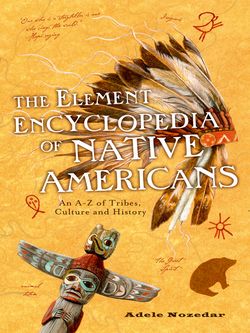Читать книгу The Element Encyclopedia of Native Americans: An A to Z of Tribes, Culture, and History - Adele Nozedar - Страница 72
BRULE
ОглавлениеThe original name of the Brule was Sichanghu, meaning “burned thighs.” The French word brulé means “burned.” The Brule were a division of the Lakota, who were one of the seven tribes of the Sioux Confederation. When the Lewis and Clark Expedition encountered them in 1804, the tribe lived along both sides of the Missouri, Teton, and White Rivers. At the time they numbered about 300.
The chief at the time, Makozaza, was well-disposed toward the Europeans, unlike some members of the larger Lakota tribe.
A hunting tribe, the Brule chased the herds of buffalo; they were able to do this from horseback. The horses were generally wild, and could be caught on the Platte and in Arkansas country.
When the white settlers and prospectors became a regular sight in Dakota country, it was the Brule who suffered the worst ravages of their diseases, which included smallpox and measles, more than any other division of the Sioux. The reason was that the Brule lived closest to the route of the trail. The Treaty of Fort Laramie, signed in 1868, had a strong advocate in the Brule chief Swift Bear; the treaty was meant to restrict the incursions of the settlers but sadly did nothing to alter the course of events, and the settlers continued to flood into Dakota territory.
